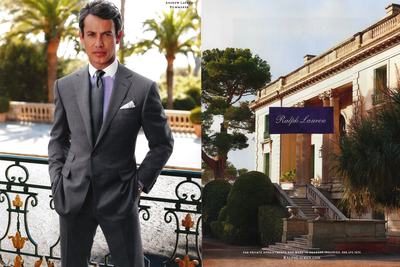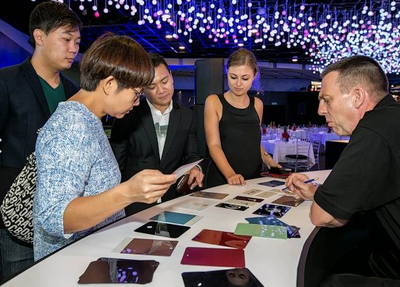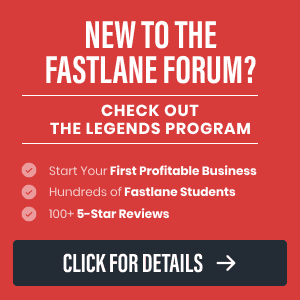AllenCrawley
Legendary Contributor
Staff member
FASTLANE INSIDER
EPIC CONTRIBUTOR
Read Fastlane!
Read Unscripted!
Summit Attendee
Speedway Pass
This thread is dedicated to those of us who sell products to the affluent. High end, high quality, luxury products and/or services.
Marketing to the affluent requires a slightly different angle and approach.
I will be sharing some insights and I encourage anyone with experience in this area to do the same.
I'd like to start with a list of books I've recently read that I highly recommend:
I also suggest getting on the catalog mailing list for J.Peterman. I've received the J.Peterman catalog and the copywriting is amazing. You can literally pick up the catalog and read from beginning to end like it's a book. The stories they created for each piece of clothing is retail copywriting at it's best. Dan Kennedy's No B.S. Marketing to the Affluent even addresses J.Peterman's catalog copywriting and the brilliance behind it.
Banana Republic did the same with their catalog before they were bought by The Gap. Here is an online resource for their old catalogs… http://scottcadams.com/bananarepublic/
More to come...
Feel free to list recommended books, resources, experiences, personal insights, marketing strategies, etc.
Marketing to the affluent requires a slightly different angle and approach.
I will be sharing some insights and I encourage anyone with experience in this area to do the same.
I'd like to start with a list of books I've recently read that I highly recommend:
- The Republic of Tea
- Wild Company (the story of Banana Republic)
- Peterman Rides Again
- The Barefoot Spirit
- No B.S. Marketing to the Affluent
I also suggest getting on the catalog mailing list for J.Peterman. I've received the J.Peterman catalog and the copywriting is amazing. You can literally pick up the catalog and read from beginning to end like it's a book. The stories they created for each piece of clothing is retail copywriting at it's best. Dan Kennedy's No B.S. Marketing to the Affluent even addresses J.Peterman's catalog copywriting and the brilliance behind it.
Banana Republic did the same with their catalog before they were bought by The Gap. Here is an online resource for their old catalogs… http://scottcadams.com/bananarepublic/
More to come...
Feel free to list recommended books, resources, experiences, personal insights, marketing strategies, etc.
Dislike ads? Remove them and support the forum:
Subscribe to Fastlane Insiders.
Last edited:


